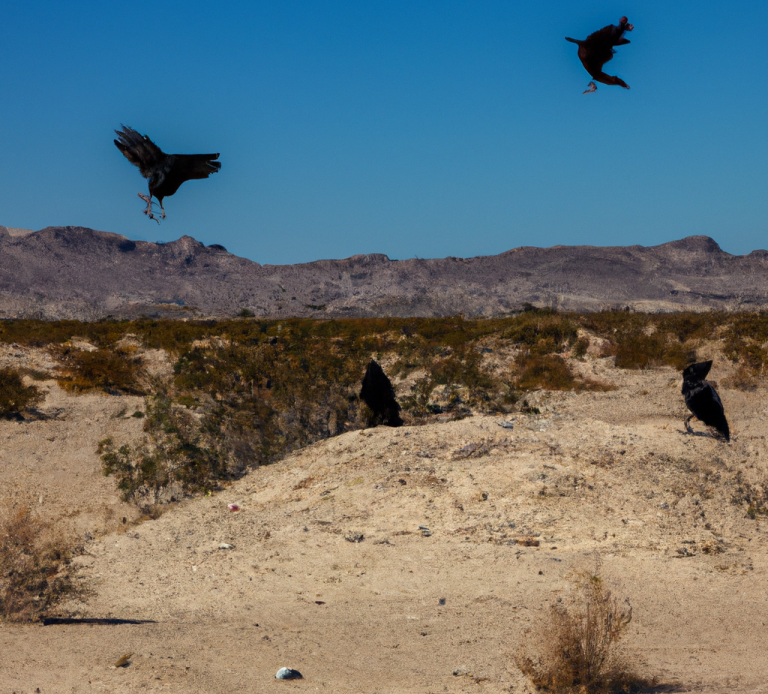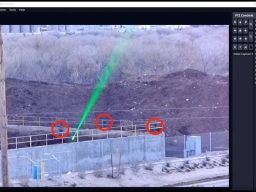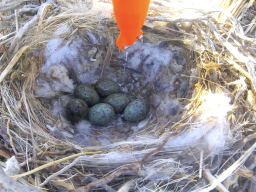
Non-lethal Avian Management, by DESIGN
An educated raven is worth more than a dead one: We use behavior modifying techniques to change raven numbers, distribution and behavior without killing them. Each “trained” raven helps spread the message we propagate.
Our methods of driving pest birds away yield two other important benefits: keeping pernicious birds away and denying the benefits of the site’s resources to them. By denying these resource giveaways, our methods ultimately reduce the birds’ reproductive success, leading to a decline in their numbers locally and regionally.
Techno Tort TM
Conservation Through Deception
The Techno-Tort™ is a highly realistic model baby desert tortoise. Attracting tortoise predators to what they believe is a meal allows us to observe predatory behavior, to measure attack rates and, by “weaponizing” the lures, to train predators to avoid these menu items.
This allows targeted use of management tools by identification both of areas of critical need and those where the situation is not so dire. In addition, the technique allows us to track changes over time.
Click on photos for more details
ROAM Laser TM
Putting lasers where they’ve never been before to solve a very specific problem: ravens access to rich subsidy sites
The Remotely Operated Avian Management (ROAM) laser allows us to repel ravens from their favored feeding sites from afar. This force multiplier allows highly efficient operations, making avian management more effective and affordable.




Remote Egg Oiling
A Conservation Success: Planned Parenthood for Problem Birds
Egg oiling consists of spraying a small amount of non-toxic oil on the surface of birds’ eggs to prevent their hatching while leaving them undamaged and thus prolonging parental care.
We have improved traditional egg oiling methods. Using our patented Remote Fluid Application System technology and drone-based services for a variety of applications we inhibit raven population growth.
In the past five years we have prevented thousands of raven eggs from hatching, have documented declining raven numbers in areas consistently treated and are now examining nesting distribution data to determine if ravens are changing their nest site choices in response.




©Copyright. All rights reserved.
We need your consent to load the translations
We use a third-party service to translate the website content that may collect data about your activity. Please review the details and accept the service to view the translations.




